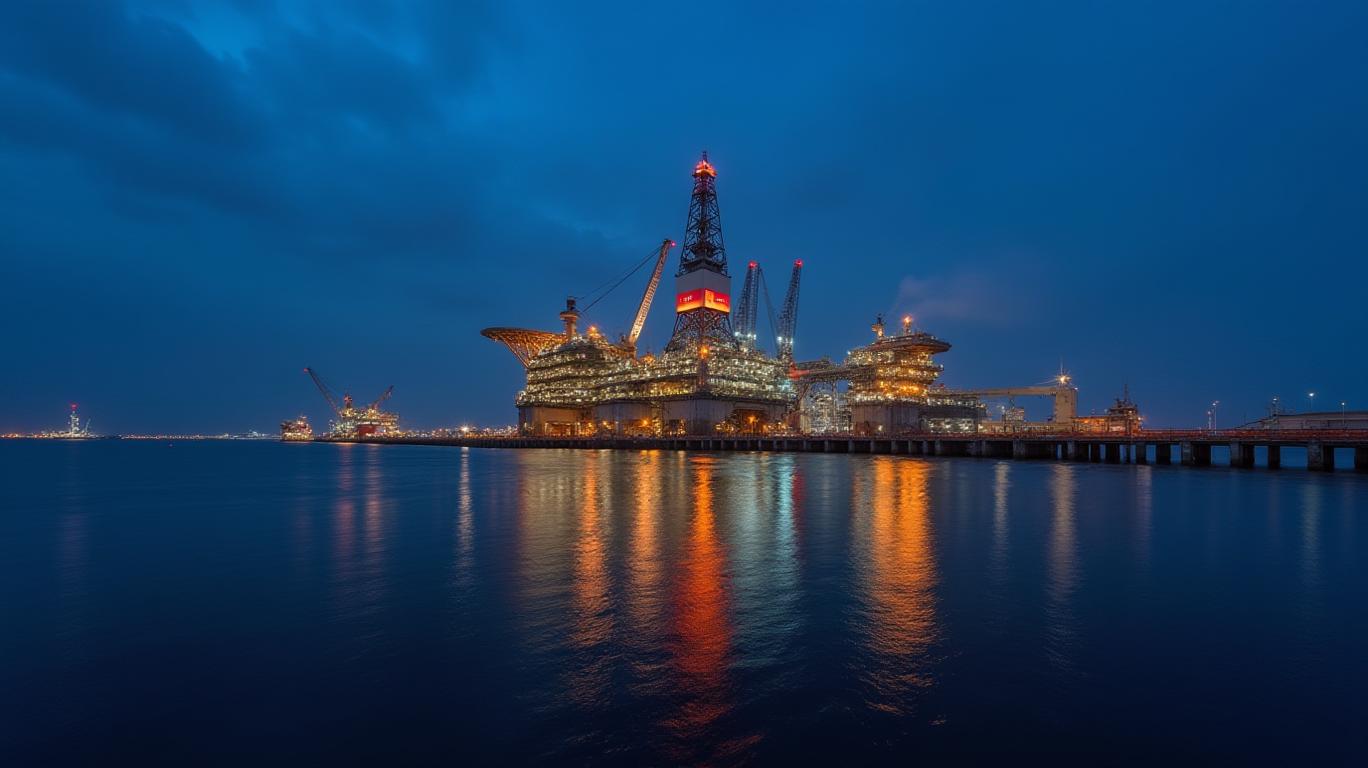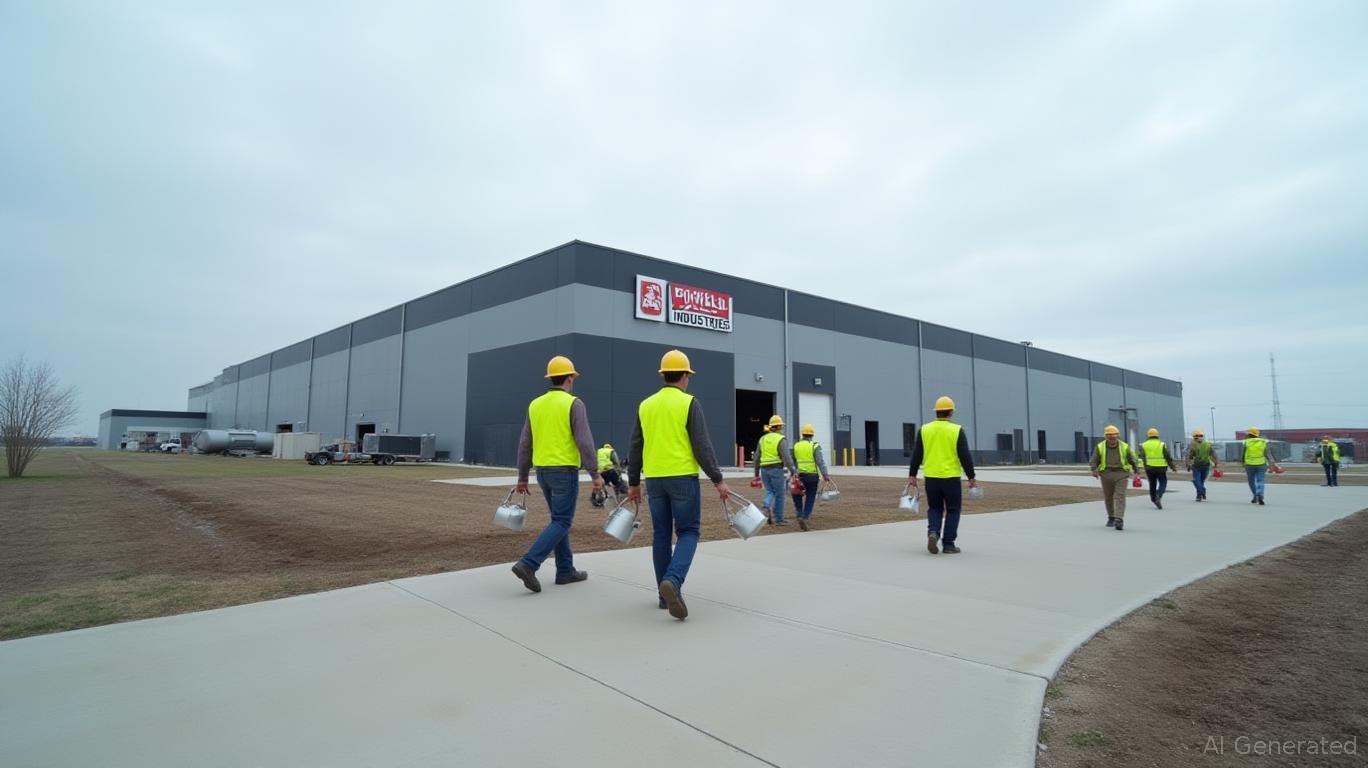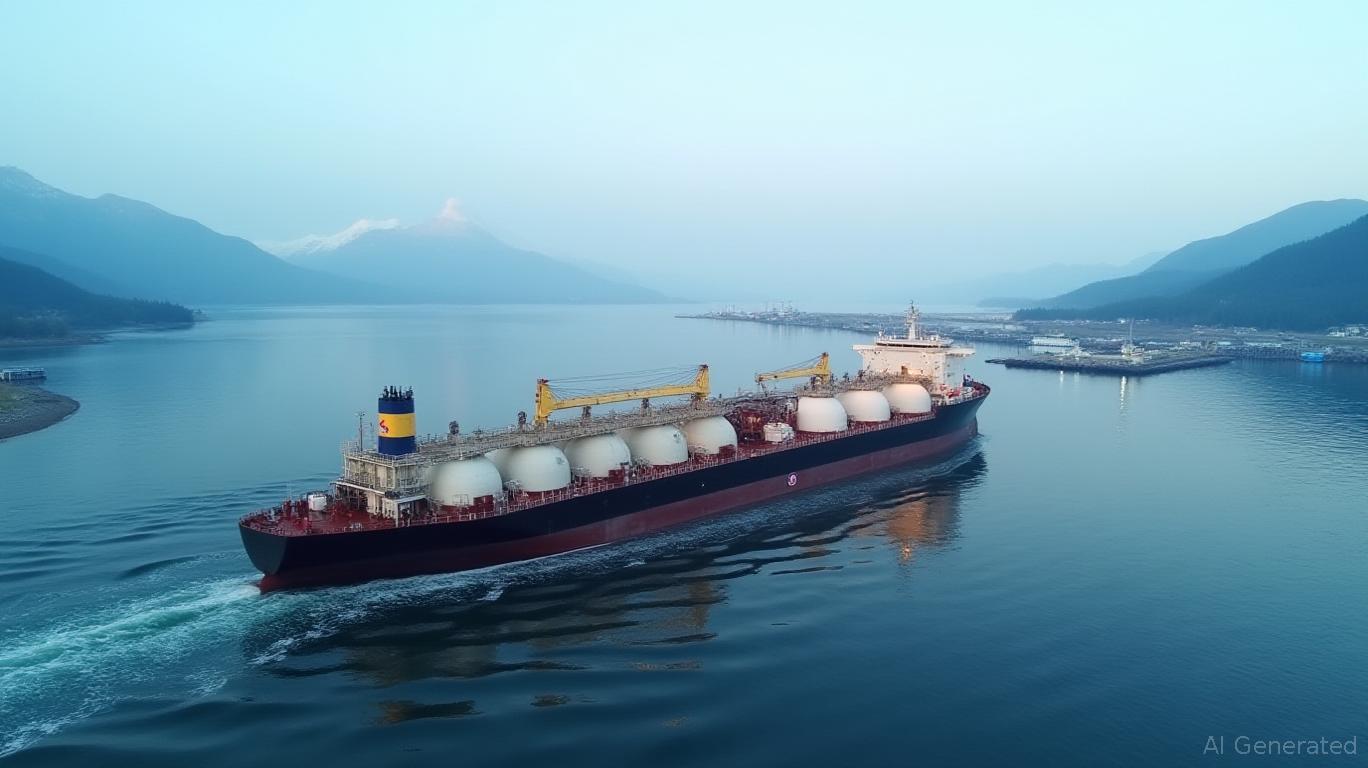Shell Navigates Tariff Crosswinds: Limited Impact, But Storm Clouds Linger
The energy giant Royal Dutch Shell (RDS.A) has weathered geopolitical storms before, but the latest tariff landscape poses a unique test. CEO Ben van Beurden recently stated that tariffs are having only “limited and manageable” effects on the company’s operations. While this reassurance aligns with Shell’s financial resilience, a deeper dive into the specifics reveals a complex interplay of risks and opportunities. From U.S. steel tariffs to Chinese retaliatory levies, the company’s path forward hinges on navigating trade barriers while capitalizing on structural shifts in energy demand.

The Tariff Landscape: Costs, Delays, and Strategic Shifts
Shell’s operations span a spectrum of tariff-exposed sectors. The U.S. Section 232 tariffs on steel and aluminum—still in effect as of May 2025—add pressure to infrastructure projects like pipelines and LNG terminals. These 25% levies, which exclude automotive components but apply broadly to industrial materials, have raised construction costs. Meanwhile, the U.S. “reciprocal tariffs” on Canadian energy goods, such as the 25% duty on non-USMCA-compliant products, threaten Shell’s $40 billion LNG Canada project. Though LNG exports to Asia remain strong, cross-border trade friction could delay future expansions.
The most immediate threat comes from China’s retaliatory tariffs. Beijing’s 15% levy on U.S. supercooled natural gas and 10% on crude oil—alongside broader 20–200% threats against U.S. goods—could crimp Shell’s Asian market access. If Chinese buyers pivot to cheaper Russian or Middle Eastern supplies due to tariff-driven price hikes, Shell’s LNG growth could stall.
Shell’s Playbook: Focus on LNG, Cost Discipline, and Liquidity
Van Beurden’s confidence stems from Shell’s strategic pivots. The company is doubling down on LNG, a sector where demand remains robust, particularly in Europe and Asia. The CEO highlighted Europe’s “strong” LNG needs, a market where Shell’s global supply chain flexibility gives it an edge. Additionally, Shell’s financial fortress—bolstered by $6–7 billion/year in buybacks at $50/bbl oil prices—provides a buffer against near-term headwinds.
Yet, Shell is not immune to trade-related vulnerabilities. Its decision to pause the Rotterdam biofuel project underscores the risks of regulatory uncertainty. The EU’s potential tariffs on U.S. goods and ongoing Section 301 investigations into European digital taxes create a climate of instability, deterring long-term investments in renewables. Meanwhile, the chemicals sector’s overcapacity—driven by China’s industrial buildout—has forced Shell to shutter unprofitable units, a move that highlights margin pressures exacerbated by tariff-driven supply chain disruptions.
The Bottom Line: Manageable Now, Risky Later?
At face value, Shell’s financial metrics support the CEO’s stance. The company’s Q1 2025 profits rose 15% year-on-year, buoyed by high oil prices and LNG sales. But the risks are layered.
- Cost Inflation: Steel tariffs alone added an estimated 2–3% to capital expenditures for infrastructure projects in 2024, and these costs are unlikely to retreat without major trade policy shifts.
- Geopolitical Volatility: A full-scale EU-U.S. tariff war—though currently averted—could disrupt Shell’s refining and distribution networks in Europe.
- Chemical Sector Drag: Overcapacity in China’s petrochemicals market, combined with potential U.S. tariffs on critical minerals, could prolong underperformance in this segment.
Conclusion: Tariffs Are a Speedbump, Not a Roadblock—Yet
Shell’s ability to manage tariff impacts hinges on three critical factors: oil prices, LNG demand resilience, and trade policy stability. At current oil prices ($50–70/bbl), the company can sustain buybacks and dividends while weathering cost pressures. However, prolonged trade conflicts—such as a sharp escalation in U.S.-China tariffs or a collapse of USMCA compliance frameworks—could tip the scales.
Investors should monitor two key indicators:
- LNG exports to Asia: If China’s LNG imports from the U.S. fall below 15 million tons/year (a 2024 high), it signals tariff-driven market shifts.
- Steel prices: A 10%+ year-on-year rise in U.S. steel costs would force Shell to reassess project margins.
For now, Shell’s focus on liquidity, LNG, and cost cuts positions it to endure the tariff crosswinds. But as van Beurden’s “limited impact” narrative faces tests in 2026 and beyond, investors must remain vigilant about the storm clouds gathering on trade horizons.










